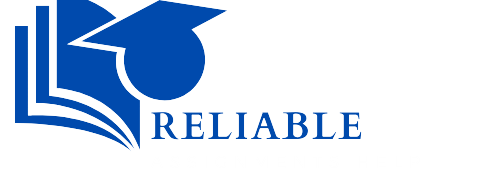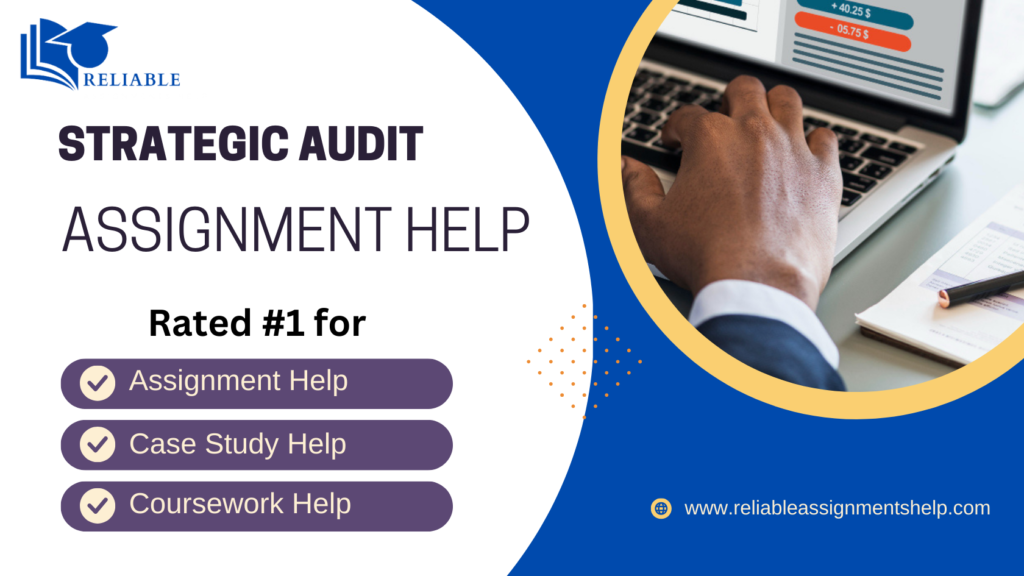1. For the Strategic Audit you will be analyzing a company of your choosing and using what you learn to make strategic recommendations going forward. The link between the past (in particular: how the company has performed over time), the present (in particular: the current strategy and trajectory), and the future (in particular: what type of strategy would best enable the company to achieve or maintain competitive advantage in light of the internal and external environment) is key. For each section make sure you tie back to the company’s strategy.
Plagiarism
2. Students must complete the report individually. If you include content in the report, you are presenting it as your own work unless it is in quotation marks. It is plagiarism to paste another person’s work without quoting and providing a reference. I have had multiple cases where this was attempted, all of which resulted in Academic Misconduct Hearings.
Use of Artificial Intelligence (ChatGPT or other services)
3. Students are not permitted to use ChatGPT or any other artificial intelligent (AI) services:
– to generate answers
– to rephrase their own writing
– to rephrase information from an outside source
4. Turnitin now includes an artificial intelligence (AI) detection feature, which checks for instances where a submission used writing tools such as ChatGPT, and highlights them for my review. I will be following FIU’s communication to faculty on how to address instances of AI usage on student submissions:
AI and Academic Misconduct
5. If you suspect academic misconduct in your courses, please report such behavior to the Office of Student Conduct and Academic Integrity (SCAI) via the online Academic Misconduct Report Form and refrain from assigning a grade for the assignment(s) and course in question until adjudicated.
Strategic Audit Assignment Help
Selecting a company
6. You may choose any company you’d like (excluding the 9 exceptions listed below). Part of the audit is a performance analysis, so keep in mind if you choose a privately-held company, it may be difficult to find the recommended three to five metrics for assessing performance. Because of past instances of attempted plagiarism you may not use the following companies:
– Tech: Microsoft, Apple, Samsung, Nvidia
– Retail: Target, Walmart, Amazon
– Auto: Tesla, Ford, BMW
– F&B: Coca-Cola, Red Bull, Starbucks, McDonalds
– Footwear: Nike
– Travel: Delta Airlines, Uber
Framework
7. The evaluation will assess:
– That you’ve adequately completed the requested analyses (including all steps listed below)
– That you’ve thoughtfully incorporated these into the Conclusions & Recommendations section.
– In doing so, you properly apply the relevant concepts from the textbook.
8. The report needn’t be overly formal, but please try to eliminate spelling and grammatical errors as much as possible.
9. You can include an introduction if you choose, but I’ll be reading through the reports to look for the key points of analysis (as laid out in the guide), so extra work on an introduction is unlikely to contribute to a higher score.
10. Each section should be about a half a page long (single-spaced, 12-pt, Times New Roman).
11. Although not required, tables can be useful for presenting information succinctly (particularly for the performance analysis).
12. Note: the length recommendation is a general suggestion, if you can address every item in the guide in with less writing, that is acceptable.
13. Below is a guideline of what to include in each section.
You must include five sections for Strategy Analysis, Performance Analysis, External Analysis, Internal Analysis, and Conclusion & Recommendations. Try to address all the questions (listed below) within these section in some fashion.
14. The more you can frame your analyses relative to main competitors in the firm’s industry or industry average, the better
I. Audit
15. Strategy Analysis
1. What is the company’s current strategy & tactics?
– Business-level
– To what extent has the firm established a cost leadership advantage?
– How (see sources of advantage in Ch. 4)?
– To what extent has the firm established a differentiation advantage?
– How (see sources of advantage in Ch. 5)?
– For each of these questions, try to demonstrate that you understand what each generic strategy means. Provide a concrete example for your assertion of the level of cost leadership advantage and the level of differentiation advantage.
– Corporate-level
– How diversified is the firm?
– In which markets does the firm compete and how they compete?
– General or focused scope
– Extent of product diversification
– Extent of geographic diversification
– Are there any important strategic alliances or recent acquisitions?
16. Performance Analysis
1. How has your company done relative to its competitors?
– Use at least three metrics. Try to select those that are most relevant.
– For each metric, benchmark performance against competitors or industry average, and against the company’s past performance.
– Use two or more measures of accounting performance (See Table 1.1)
– Provide at least one of the following: ROA, gross profit margin, EDITDA, revenue growth
– Do not use gross revenue/sales or share price.
– If possible, try to find one non-financial performance metric that’s particularly relevant for the industry in which your company operates (e.g. occupancy rate for hotel chains, new customer activations for wireless network carriers, new product releases/patents for technology companies, etc.). If there is not a non-financial metric that is important or available, try to find a financial one that is particularly important for your company’s industry (e.g. same-store sales growth for restaurant chains).
2. In which aspects of performance is the company excelling and lagging? How well is the company performing overall and to what extent it has a competitive advantage?
3. How has the current strategy affected performance (remember that some long term strategies entail short-term sacrifices early in their implementation)?
17. External Analysis
1. What is the current industry structure/level of competition (perfect competition à monopoly) and what are the consequences (See Table 2.7)?
2. At what stage is the industry in the industry life cycle (emerging, mature, declining)?
– Is there potential to re-define the industry through innovation?
3. Analyze the industry and your firm’s position with Porter’s 5 Forces.
4. What are the opportunities and threats related to the external environment?
5. How does the external environment influence the company’s strategic options?
18. Internal Analysis
1. Identify at least three key resources/resource bundles/capabilities for your company.
– In what part of the supply chain are resources/capabilities deployed?
2. Analyze whether each key resource/capability is Valuable, Rare, and Costly to Imitate (See Table 3.3).
– Use the VRIO analysis for resources/bundles of resources (not for the firm as a whole).
3. Are there resources/capabilities that the company needs to acquire/develop?
4. What strengths and weaknesses exist due to the internal environment?
5. How does the internal environment influence the company’s strategic options?
II. Conclusion & Recommendations
19. Strategic Options Identification and Evaluation
1. What works, what doesn’t?
– How has the current strategy affected performance (remember that some long term strategies entail short-term sacrifices early in their implementation)?
– Potential fixes?
2. Describe multiple paths (as a collection of strategic & tactical choices) the company could pursue.
– When you evaluate important tactical decisions, establish where they lie within the broader strategy.
– Look at each choice as either having two alternatives or a continuum along which the firm can aim at a certain point.
– Evaluate each choice individually:
– What advantages, disadvantages, and risks exist?
– Evaluate the choices collectively:
– Is there path dependency (e.g. if you choose a certain direction for one choice, will it dictate the direction for another choice)?
– Could any pair or group combinations create conflict within the overall strategy?
– Do any combinations create synergies?
– What should the company do going forward?
Must Read: Assignment Help

